
Desiccation tolerance evolved through gene duplication and network rewiring in Lindernia (Plant Cell)
Plant Science Research WeeklyDesiccation tolerance is the property of being able to survive and recover from extreme dehydration. Although there are many desiccation-tolerant plant species, efforts to identify the genetic basis of desiccation tolerance have been limited by a lack of closely-related desiccation sensitive species.…
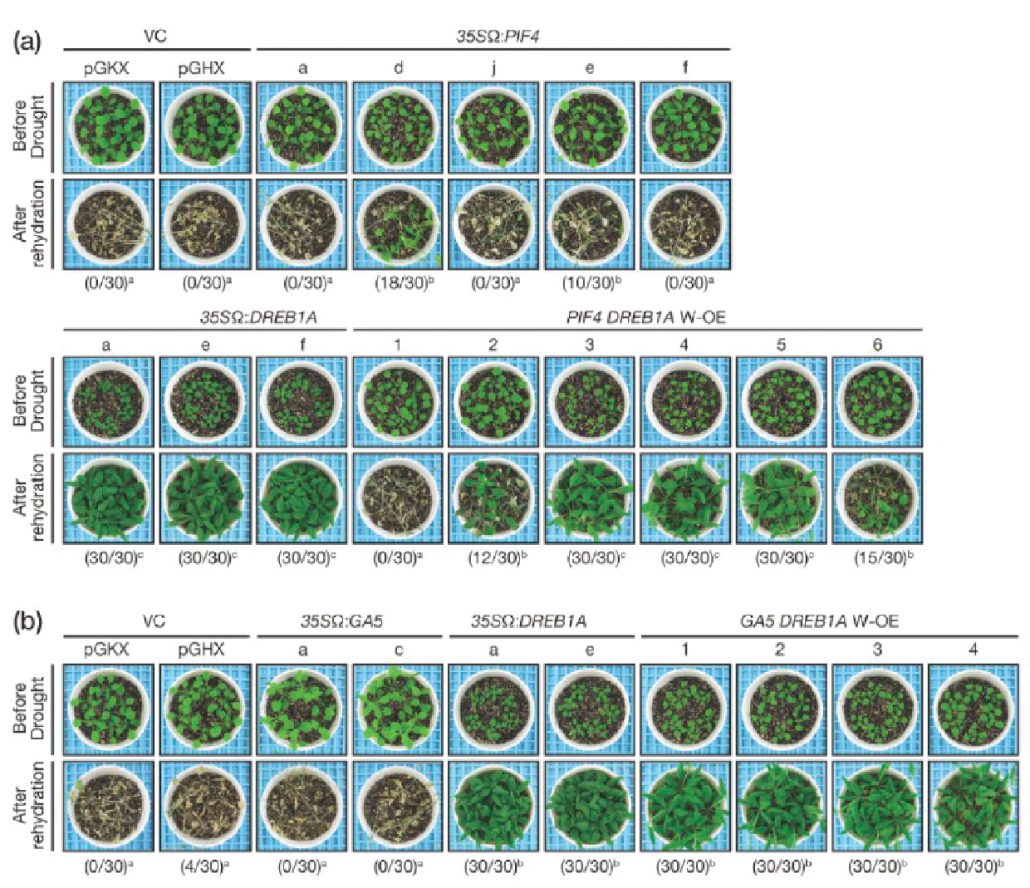
A gene‐stacking approach to overcome the trade‐off between drought stress tolerance and growth in Arabidopsis (Plant J)
Plant Science Research WeeklyIn the face of increasing incidence of drought events, developing drought-tolerant plants becomes urgent matter. However, the increase in drought tolerance often coincides with the significant reduction of plant size, as in the case of overexpressing DEHYDRATION-RESPONSIVE ELEMENT-BINDING PROTEIN 1A…
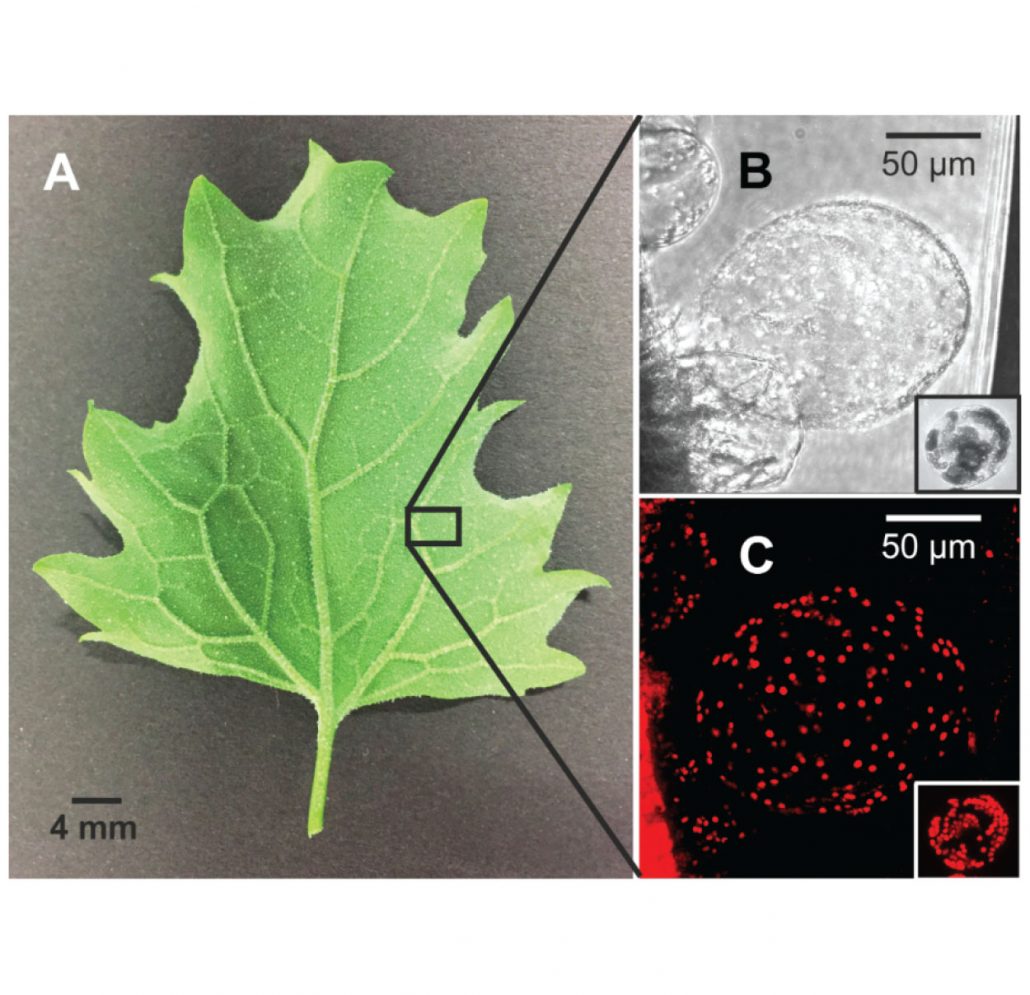
Molecular basis of salt sequestration in epidermal bladder cells of Chenopodium quinoa
Plant Science Research WeeklyThe recent focus on quinoa is a result of not only its high nutritional value, but also its astonishing salt stress tolerance. Epidermal bladder cells (EBC) are suspected to be a cause of salinity tolerance by serving as salt dumping place. In order to identify molecular mechanisms underlying salt sequestration,…
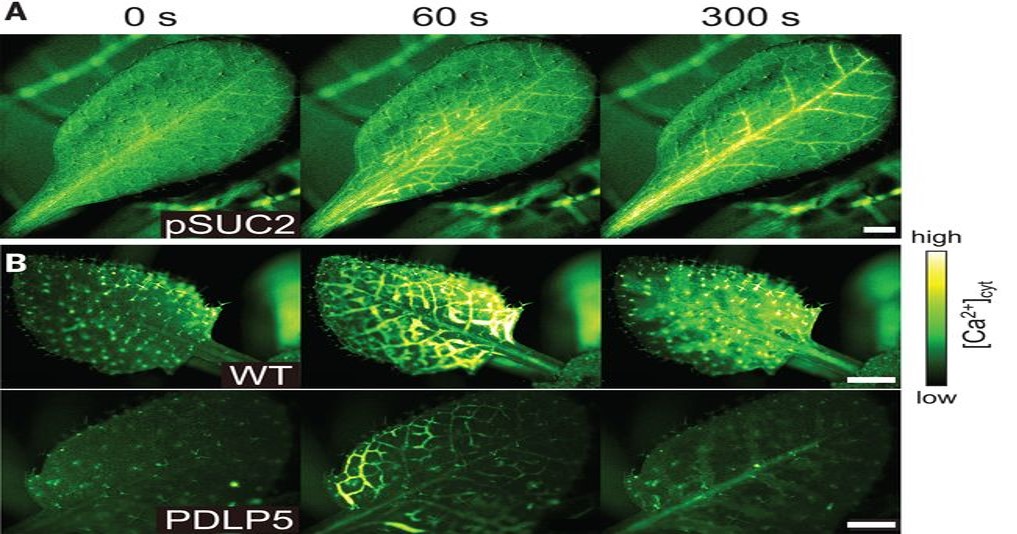
Glutamate is a wound-induced signal that activates long-distance calcium signaling (Science)
Plant Science Research WeeklySeveral years of intensive research have revealed a suite of mobile signals that travel long-distances to inform meristems on developmental phase transitions or to protect distal plant tissues from abiotic or biotic stressors. In a new article published in Science, Toyota et al. (2018) identify a role…
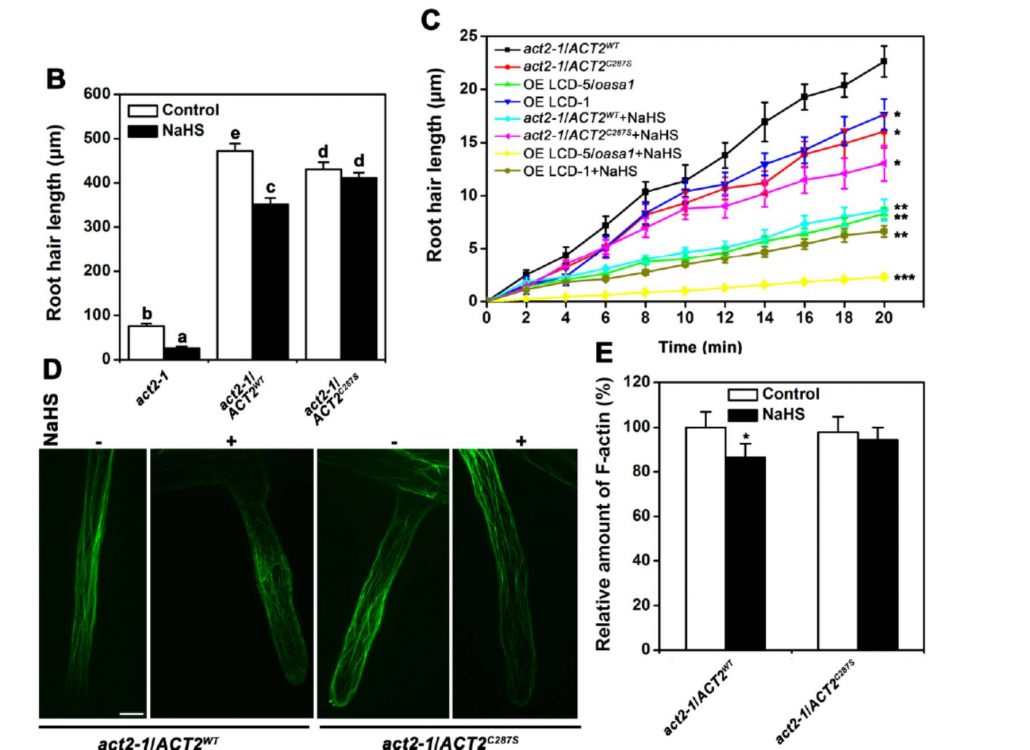
S-Sulfhydration Disrupts Actin Polymerization
Plant Physiology, Plant Physiology: On The InsideRecent evidence indicates that H2S acts as an important messenger that affects plant responses to abiotic stresses, including high salinity, drought, heat shock, heavy metals, and oxidative stress. H2S signaling has also been shown to modulate important physiological processes, such as photosynthesis,…

Sensory Plastids: a Novel Form of Specialized Plastid
Plant Physiology, Plant Physiology: On The InsidePlastids differentiate into subtypes. For example, the transition of proplastids to chloroplasts defines the photosynthetic tissues within a plant, whereas amyloplasts are formed in nonphotosynthetic tissues. Recently, evidence has accumulated for a novel class of plastids that is specialized for stress…

Rapid and dynamic alternative splicing impacts the Arabidopsis cold response transcriptome ($) (Plant Cell)
Plant Science Research WeeklyPlants experience abiotic stresses, such as alteration of temperature, and their responses have been studied through transcriptomics and proteomics approaches. X et al have studied how low temperature stress affects the transcriptome through alternative splicing. The author showed that a few hours after…
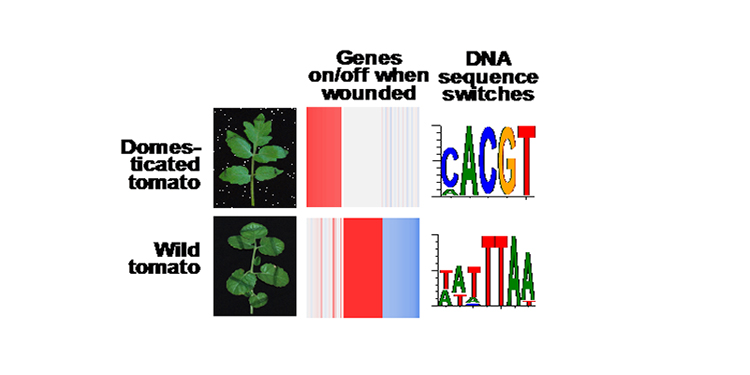
Evolution of Gene Regulation During Domestication
Research, The Plant Cell, The Plant Cell: In a NutshellLiu, et al. examine how wound response and its control mechanism differs between domesticated and wild tomato. Plant Cell https://doi.org/10.1105/tpc.18.00194.
By Ming-Jung Liu and Shin-Han Shiu
Background: Two related species accumulate differences between each other over time. If one of the…
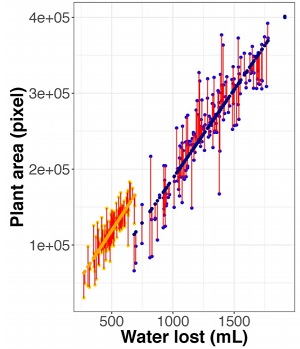
Genetic components of water use efficiency in the model grass Setaria
Plant Science Research WeeklyIncreasing water use efficiency is important for improving crop yields in diverse environments. This has been difficult due to the complex morphological and biochemical processes involved in water use and plant growth. Feldman and colleagues use a high-throughput phenotyping platform to monitor an interspecific…

